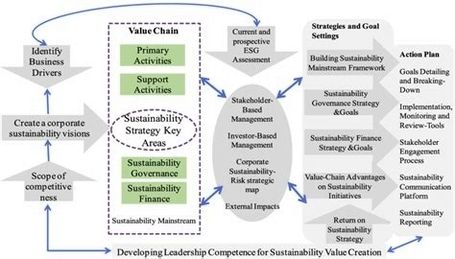
Sustainability is a growing concern for companies worldwide, and many are recognizing it as a strategic priority that involves significant business risks and opportunities . A sustainable business strategy is one that incorporates economic, environmental, and social factors into an organization’s policies, practices, and processes to create long-term benefits for the organization and its employees while being mindful of conserving and protecting resources .
Historically, few companies have organizational structures that are designed to treat sustainability as a material business issue. Instead, sustainability activitiesand the organizations that support themhave focused primarily on investor relations, PR, and corporate social responsibility. However, more companies are now recognizing sustainability as a strategic priority that involves significant business risks and opportunities .
To create a sustainable business strategy, companies should choose which issues under the broader sustainability umbrella should be the responsibility of their sustainability organizations and which issues should be left to other parts of their businesses. The issues range widely, from building new low-carbon businesses and commercializing green products to managing environmental compliance and ESG reporting more proactively . Companies address sustainability issues more effectively when they design their sustainability organizations to focus on each sustainability topic the company is prioritizing .
In summary, companies need to recognize sustainability as a strategic priority that involves significant business risks and opportunities. They should design their organizational structures to treat sustainability as a material business issue and focus on each sustainability topic the company is prioritizing .
